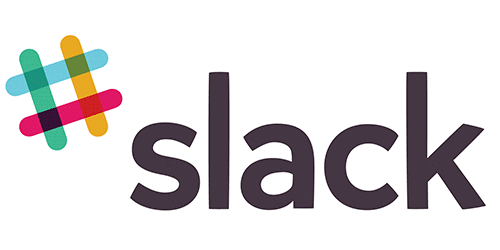Are you juggling multiple tasks in your Slack channels, struggling to keep up with the pace? Ever wished for a magical wand that could take care of all those pesky reminders and follow-ups? You need to learn how to automate slack messages.
Slack is one of the most powerful tools for team communication. In fact, users spend over 90 minutes per day actively using Slack. But you can save a ton of time by figuring out how to automate certain Slack messages.
Automation on Slack is all about having your own personal wizard helping manage those messages while you focus on what truly matters. Well not exactly. It's more like making excellent use of the built in automation features that Slack has to help you (and your team) be more productive and informed.
In this blog post,we'll show you how to automate slack messages to give your productivity a giant boost in the pants.
Understanding Slack Automation and Its Benefits
When it comes to improving productivity in the workplace, automating Slack messages can play a significant role. It's not just about sending automated replies or setting up recurring reminders. There's many ways companies can leverage automation within Slack.
The Role of Slackbot in Automation
The native bot on this platform, (called Slackbot), is an efficient tool that helps deliver reminders and custom responses. By adding specific commands to your chat with Slackbot, you can schedule alerts for important tasks or deadlines.
Interestingly, you're not limited to basic text prompts. With some creativity and planning ahead, you could program your Slackbot with witty comebacks or motivational quotes to lighten the workspace atmosphere.
Why You Should Automate Slack Messages
Automating slack messages goes beyond making work fun - it has tangible benefits too. For starters, it eliminates manual effort required for repetitive communication like meeting reminders or daily standup updates.
This way team members spend less time typing routine information and more time focusing on their core responsibilities—saving valuable hours every week.
Studies have shown, using tools like these significantly improves overall workflow efficiency while also reducing instances of missed communications within teams.
Using the power of automation in communication tools like Slack can give your team a significant productivity boost. Two primary features enable this: the Slack Workflow Builder and slash commands.
1. The Slack Workflow Builder

The magic begins with an underused but highly powerful tool, the Slack Workflow Builder.
This feature lets you create automated processes within your slack channels or direct messages. It's like having a personal assistant who manages routine tasks, freeing up more time to focus on work that matters.
It works by automatically sending welcome messages to new channel members or setting reminders for recurring meetings. With just a few clicks in workflow builder, these actions can be programmed without needing any coding skills.
2. Using Slash Commands to Schedule Messages
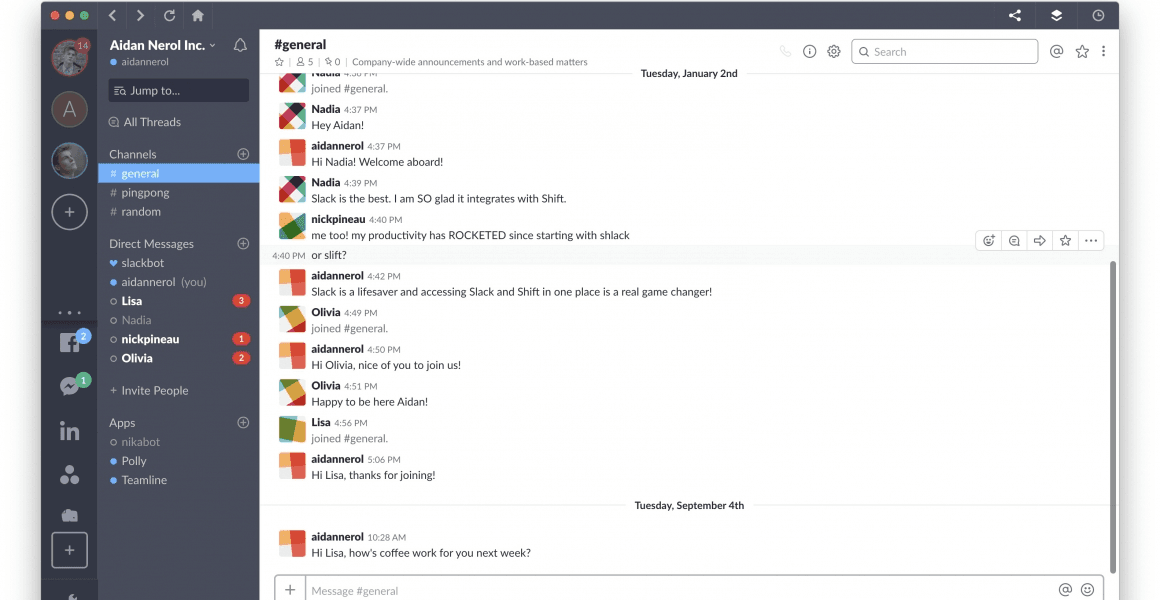
Another powerful tool is the slash command. Just by typing '/' followed by a specific keyword in the message field, you can perform actions such as setting reminders or joining channels quickly. If you want to automate a bunch of messages to send out later, simply type /schedule and you'll be able to decide when the messages go out.
3. Use Magical to Save Slack message templates
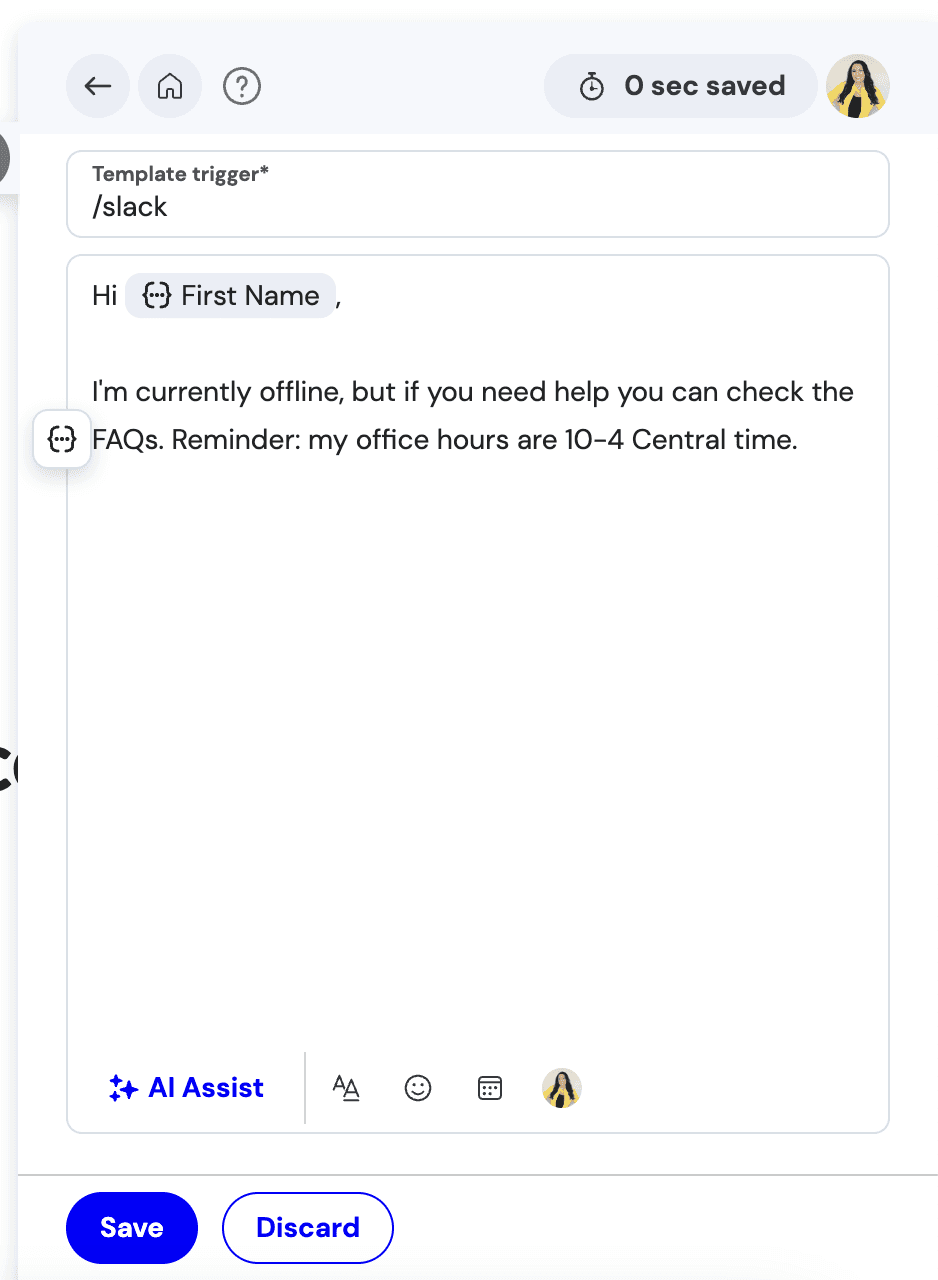

With Magical, you can save templates for common messages you send on Slack and call them up anytime you need by simply typing /m. This is super a quick and easy way to automate your Slack messages that you send on a regular basis--without having to copy and paste them over and over again.
4. Create Custom Responses with Slackbot
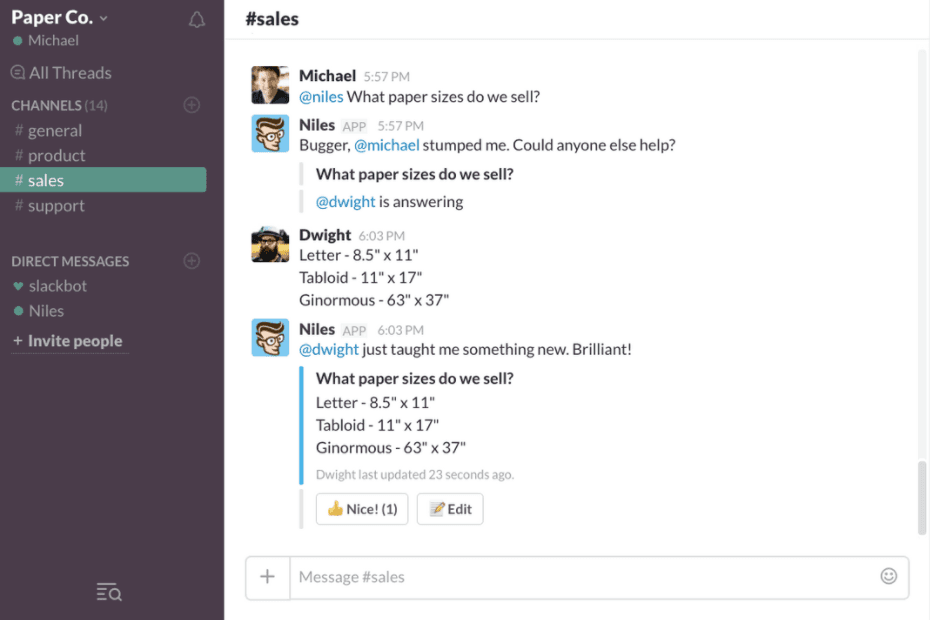
Another way to automate interactions is by using custom responses via Slackbot. This allows you to not only answer commonly asked questions instantly but also bring some (much needed) fun into workspace interactions.
How To Automate Slack Messages (Step-by-Step Guide)
Step 1: Log into Your Slack Account
Start by logging into your Slack workspace where you have the necessary permissions to edit Slackbot responses.
Step 2: Access Your Workspace Settings
Click on your workspace name in the top left corner to open the menu, then select "Settings & administration" from the dropdown list.
Step 3: Go to Customize Slack
In the settings menu, find and click on "Customize [Your Workspace Name]." This will redirect you to a web page where you can customize different aspects of your Slack workspace.
Step 4: Select the Slackbot Tab
On the customization page, locate and click on the "Slackbot" tab. This is where you can manage custom Slackbot responses.
Step 5: Add a New Slackbot Response
You'll find an option to add a new response. Click on this to create a new custom response.
Step 6: Enter the Trigger Phrase
In the provided fields, type the word or phrase that will trigger the Slackbot response. Be specific to avoid triggering responses accidentally in unrelated conversations.
Step 7: Enter the Slackbot Response
In the next field, type the message that you want Slackbot to automatically send when someone uses the trigger phrase.
Step 8: Save Your New Response
Once you've entered the trigger and response, save your changes.
Step 9: Test Your Slackbot Response
Go back to your Slack workspace and test the new response by typing the trigger phrase into any channel or direct message where Slackbot is active.
Step 10: Review and Adjust as Necessary
If the response doesn't work as expected, or if it triggers too frequently or infrequently, adjust the trigger phrase or response as needed.
Step 11: Inform Your Team
If these responses are important for your team to know, inform them about the new Slackbot responses and how they can be used effectively.
Scheduling Recurring Messages in Channels & Direct Messages
Automating slack messages can feel like a magic trick, especially when you're dealing with recurring tasks. By utilizing applications such as Slack Scheduler, it is possible to pre-plan your regular messages up to four months ahead.
How to Schedule Recurring Messages
To get started, first open the channel or direct message where you want your reminder sent.
Then type /schedule, followed by the frequency (like "every day" or "every Monday"), and then your message text. Hit send and voila. Your reminder is now automated and will appear at its specified intervals.
Managing Scheduled Direct Messages
Scheduled direct messages offer a way of staying ahead of routine communications without breaking a sweat. But how do we manage these pre-set dispatches?
The key lies within the "Introducing Recurring Messages for Slack" blog post from our friends over at Facebook Share. It teaches us how to view all scheduled posts through simple slash commands like /schedule list.
Advanced Techniques for Automating Slack Messages
To take your messaging automation to the next level, you need to explore advanced techniques such as using the Slack API and integrating task management tools. These methods provide powerful ways of automating messages on Slack.
Leveraging the Slack API for Automation
The Slack API offers an array of features that let you automate various aspects of messaging. By making use of these capabilities, we can create custom forms or build workflows which are more complex than what's possible with basic tools like slash commands.
For example, it allows users to send scheduled messages in real-time across multiple channels simultaneously. With just a few lines of code, you can set up recurring messages or schedule specific posts at a custom time. It's like having your own personal assistant who sends out important updates without fail.
But remember - while using APIs might seem intimidating at first, they're quite manageable once you get started. The trick is taking it slow and building from there.
The Impact of Automating Slack Messages on Companies
Automation, especially in the realm of communication tools like Slack, can yield substantial benefits for companies. Automating Slack messages can provide companies with a range of advantages, including streamlined processes and heightened efficiency in collaboration between personnel.
It Saves Time
One significant advantage that comes with automating slack messages is time-saving. Recurring messages or scheduled message reminders ensure tasks are never forgotten or missed out on. The "/schedule list" command proves particularly useful here, allowing you to manage and view all recurring messages from one place.
Furthermore, this process eliminates the need for manual inputs every single time a similar task needs addressing. Imagine being able to send weekly reports or meeting reminders without having to set them up manually each week. This automation does more than just save time - it reduces human error too.
It Improves Communication and Collaboration
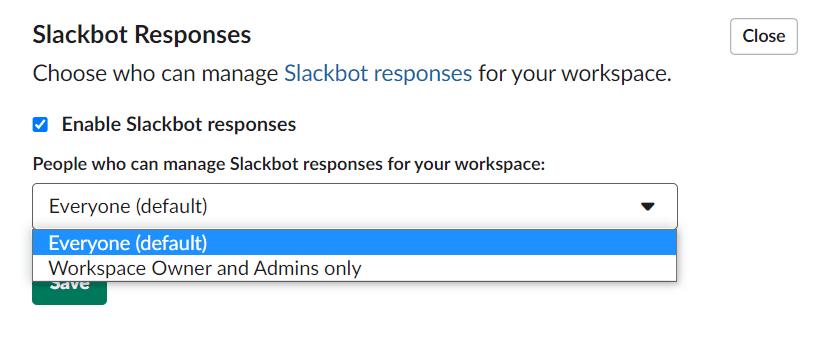
Automated Slack messages also contribute towards improved communication within teams by ensuring timely updates are sent across various channels promptly and accurately.
With custom responses in place via Slackbot custom responses, standard queries can be addressed immediately, freeing up your team's valuable time spent answering repetitive questions. But remember – these automated responses work best in personal DMs as they do not post directly in DMs involving other members or even Slack Connect channels.
A vital aspect about automating your company's slack messaging system is its positive impact on collaborative efforts amongst team members. The schedule recurring message feature ensures everyone is on the same page, with updates and notifications shared in real time. It also facilitates seamless coordination of tasks among team members distributed across various geographical locations.
Conclusion
When you learn how to automate Slack messages, you're setting you and your team free from repetitive tasks. Doing more in less time is the goal of every business owner and solopreneur.
Automate your Slack chores with a magical wand (called automation), and focus on what truly matters. Meeting reminders pop-up without fail, scheduled announcements roll out like clockwork, and team members get nudged about deadlines without you lifting a finger.
